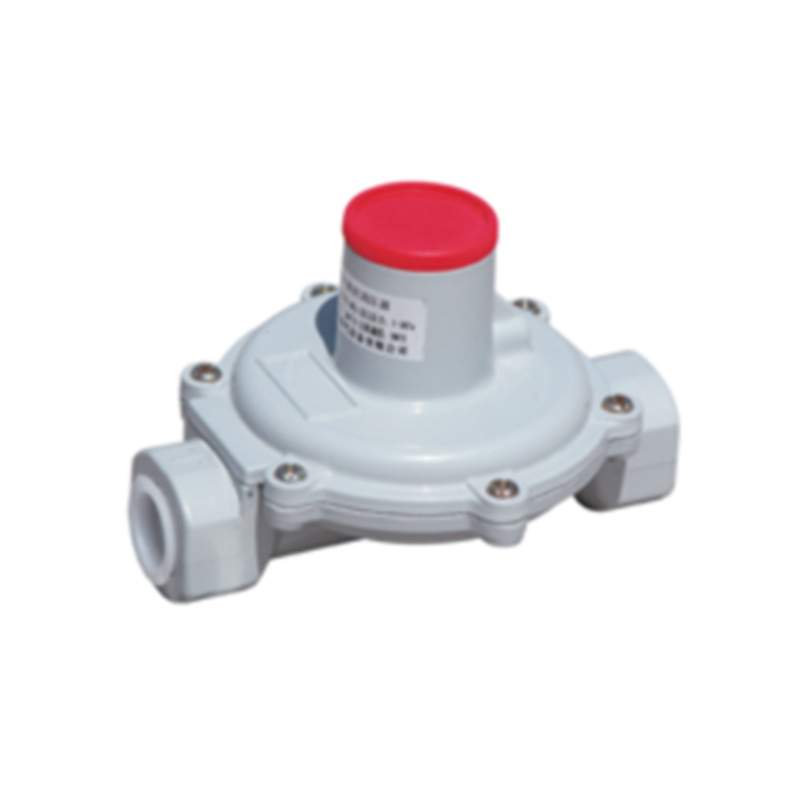
Aug . 05, 2024 02:59
Back to list
Natural Gas Safety Valve and Its Importance in Preventing Hazards and Ensuring Efficiency
The Importance of Natural Gas Safety Valves
Natural gas is an essential source of energy for many households and industries around the world. Its efficiency and relative cleanliness make it a preferred choice for heating, cooking, and electricity generation. However, with its benefits come inherent risks, making safety a paramount concern. One critical component in ensuring the safe use of natural gas is the safety valve, known as صمام أمان الغاز الطبيعي in Arabic.
Safety valves are specialized devices designed to automatically release pressure or allow gas to escape in the event of an anomaly, preventing potentially hazardous situations. In the context of natural gas systems, these valves play a vital role in safeguarding both infrastructure and human life.
How Safety Valves Work
Safety valves operate on the principle of pressure regulation. Under normal conditions, natural gas is stored and transmitted at high pressures. If a leak occurs or if the pressure exceeds safe levels, the safety valve activates. It opens to release excess pressure or gas, thus averting an explosion or fire.
There are various types of safety valves used in natural gas systems, including pressure relief valves and excess flow valves. Pressure relief valves are typically set to open at a predetermined pressure. When the pressure exceeds this level, the valve opens, allowing gas to escape safely. Excess flow valves, on the other hand, are designed to shut off the gas flow in the event of a leak, limiting the risk of rapid gas escape.
Installation and Maintenance
صمام أمان الغاز الطبيعي

The effectiveness of safety valves is heavily dependent on proper installation and maintenance. Ensuring that these valves are installed correctly is crucial, as faulty installation can lead to malfunctions and reduced safety. It is recommended that qualified professionals handle the installation of safety valves to adhere to local codes and standards.
Regular maintenance is equally important. Over time, safety valves can be compromised due to corrosion, wear, or the buildup of debris. Routine inspections can help identify issues before they escalate into safety hazards. Operators should ensure that their safety valves are tested for functionality during these inspections, and any faulty or worn components should be replaced promptly.
Technological Advances
In recent years, technology has greatly enhanced the functionality and reliability of safety valves. Modern safety valves are often equipped with sensors that monitor pressure levels in real-time. These sensors can send alerts to operators, allowing for immediate action before a dangerous situation arises. Furthermore, advancements in materials science have led to the development of more durable safety valves that can withstand extreme conditions, extending their lifespan and improving safety.
Conclusion
In conclusion, صمام أمان الغاز الطبيعي (natural gas safety valves) are indispensable components in the management of natural gas systems. Their ability to prevent overpressure situations and mitigate risks demonstrates their critical role in promoting safety. As technology continues to evolve, the efficiency and reliability of safety valves are expected to improve further, bolstering the entire natural gas infrastructure. Ensuring proper installation and regular maintenance of these devices is essential for safe and efficient natural gas use. As consumers and industries rely increasingly on natural gas, prioritizing safety through effective safety valves is not just a regulatory requirement; it is a moral obligation to protect lives and property.
Latest news
-
Safety Valve Spring-Loaded Design Overpressure ProtectionNewsJul.25,2025
-
Precision Voltage Regulator AC5 Accuracy Grade PerformanceNewsJul.25,2025
-
Natural Gas Pressure Regulating Skid Industrial Pipeline ApplicationsNewsJul.25,2025
-
Natural Gas Filter Stainless Steel Mesh Element DesignNewsJul.25,2025
-
Gas Pressure Regulator Valve Direct-Acting Spring-Loaded DesignNewsJul.25,2025
-
Decompression Equipment Multi-Stage Heat Exchange System DesignNewsJul.25,2025

